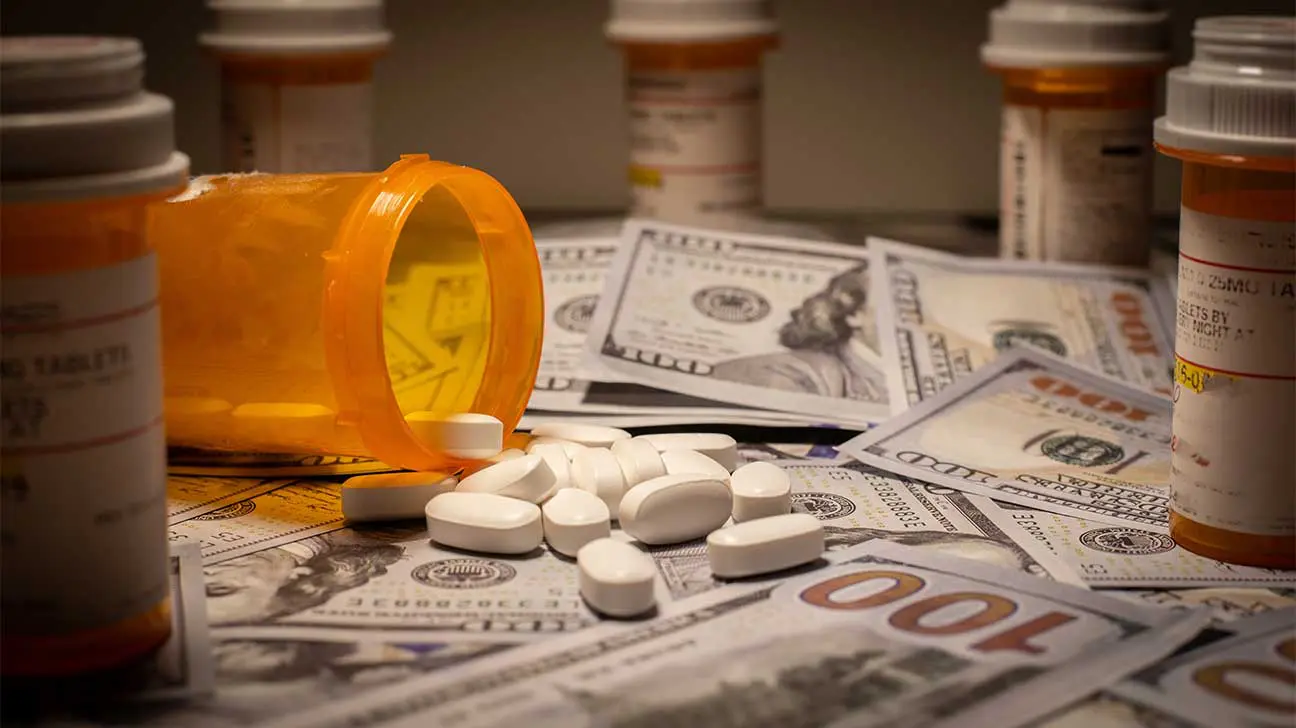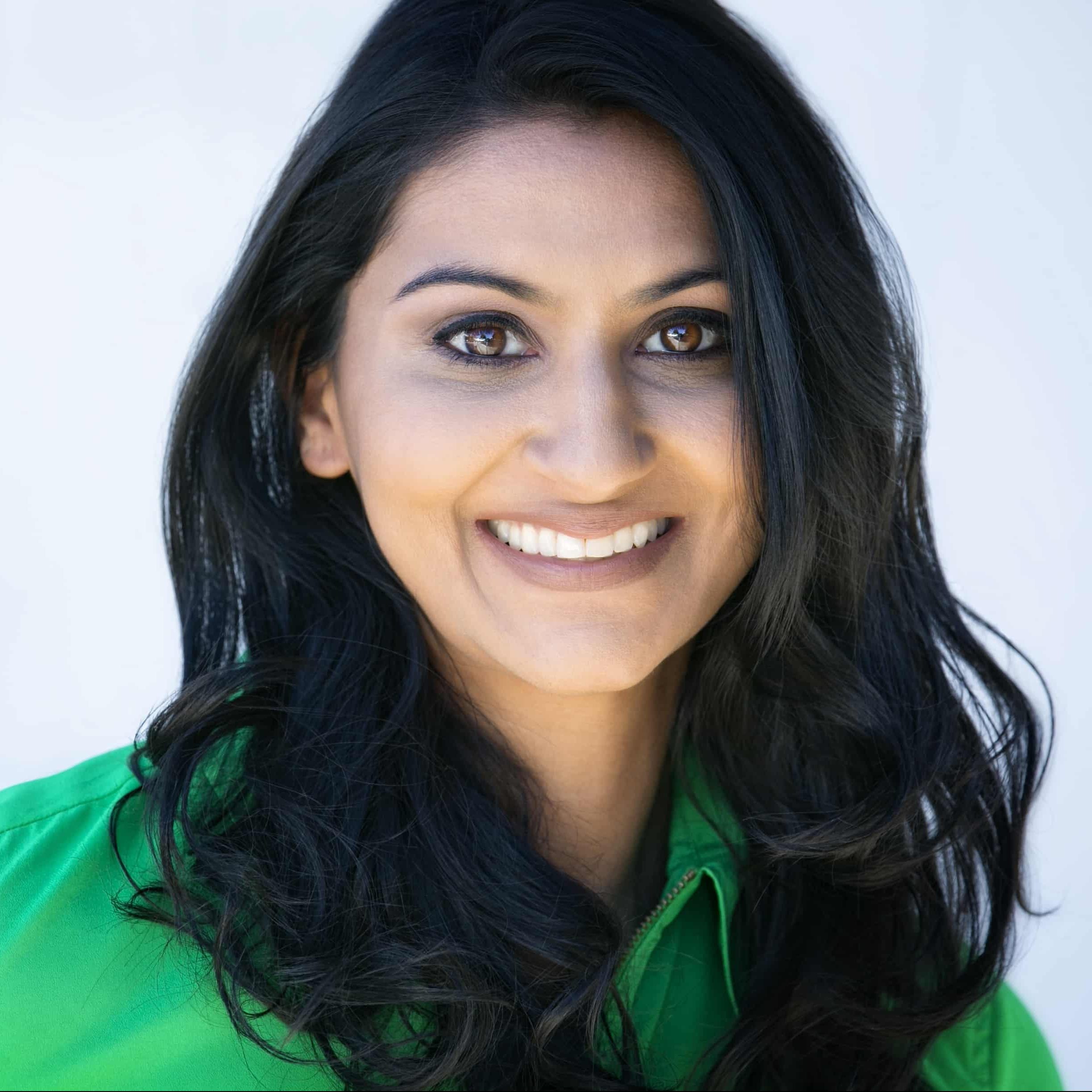
Roughly 37 million Americans currently use illicit drugs for recreational purposes. In combination with the United States’ alcohol and marijuana culture, substance use disorders are common.
Among those living with a substance abuse disorder, about 8.5 million adults have a dual diagnosis, indicating that they have a co-occurring mental health disorder such as anxiety or depression.
Given the frequency with which Americans use illegal substances and the rates of addiction in this country, it’s important to learn about illicit drugs and the risks that come with using them.
List Of Illicit (Illegal) Street Drugs
Substance abuse isn’t limited to using drugs sold on the streets.
Using prescription drugs without a prescription, and using prescription or over-the-counter drugs in a way that is not directed is also abuse, which could contribute to addiction.
While drugs like alcohol and marijuana are are available for recreational use, there are forms of use, especially excessive or compulsive consumption, that would constitute substance abuse.
These are some of the most common illicit (illegal) drugs in the United States:
- cocaine
- crack cocaine
- heroin
- methamphetamine (meth)
- ecstasy
- hallucinogens
- marijuana (in some states)
- inhalants
- alcohol and alcohol-based products (when sold to minors)
- prescription drugs (when sold without a prescription)
- opioids
- amphetamines
- barbiturates
Cocaine
Cocaine is a Schedule II drug.
It’s a stimulant that produces an intense euphoria and has the potential to be very addictive. Cocaine is usually found in powder form and is snorted or injected after being dissolved in water.
Crack Cocaine
Crack cocaine is made from powdered cocaine by dissolving it and mixing it with ammonia or baking soda.
It is packaged and sold in small, whitish rocks or chunks, and it is generally smoked. Like powder cocaine, it is a Schedule II drug.
Heroin
Heroin is an opioid. It is derived from morphine, a natural opiate extracted from the seed of certain types of poppies. It is very addictive and comes in different forms.
Pure heroin is a white powder, but it can be a brown powder or a black, sticky material called black tar heroin. Heroin is often cut with other substances to make it last longer.
It is a Schedule I drug, which is the most addictive type of illicit drug.
Methamphetamine
Methamphetamine is a Schedule II stimulant drug that can be cooked in “labs” using easily found and inexpensive ingredients.
Regular methamphetamine, or meth, is a white powder, while crystal meth resembles shards of glass or small blue rocks. It can be swallowed, injected, smoked, or snorted.
Ecstasy
Ecstasy, or MDMA, is both a psychedelic and stimulant drug.
It is a Schedule I drug and is used largely by teens and young adults to reduce inhibitions and promote feelings of empathy and euphoria.
Ecstasy is a synthetic drug that is made in labs and mainly comes in the form of stamped, colored tablets.
Hallucinogens
Hallucinogens are drugs that alter a person’s perceptions and their mood. They are some of the oldest drugs used and abused by humans and can be synthetic or derived from plants or fungi.
Most hallucinogens are Schedule I drugs.
The most common hallucinogens are:
- LSD (lysergic acid diethylamide), otherwise known as acid, is a synthetic hallucinogen that is taken orally using a sugar cube or blotter paper.
- Ketamine is a sedative hypnotic club drug that is also frequently involved in sexual assault. Although it used as a sedative in veterinary medicine, it is a Schedule II non-narcotic drug.
- Psilocybin is a type of mushroom with hallucinogenic properties. It can be steeped in a tea or eaten raw or dried.
- Ecstasy is a common club drug that causes hallucinations. It is usually found as a powder or as a pressed pill.
- Peyote is a spineless cactus that contains mescaline, a hallucinogen. It is usually smoked.
- PCP (phencyclidine), sometimes called “angel dust,” is a hallucinogen notorious for causing violent behavior in some people who use it. It can be taken orally, injected, or snorted.
Marijuana
The recreational use of marijuana is legal in many states, but the federal government still labels it as a Schedule I drug. When it is used medicinally, it can help treat the nausea associated with chemotherapy.
Marijuana is derived from the cannabis sativa plant. Its effects are produced by THC (tetrahydrocannabinol). It is usually smoked, but marijuana products can also be put in edibles.
Inhalants
Inhalants are volatile substances that are only abused through inhalation. Because these products are found in many household items, they are not scheduled.
Common inhalants include substances such as glue, cleaning fluids, paint, markers, and lighter fluids.
These products are sniffed, bagged, or huffed.
Bagging is when the fumes are sprayed inside a plastic bag and inhaled. Huffing is when a cloth soaked with the inhalant is stuffed in a person’s mouth.
Alcohol And Alcohol-Based Products
Alcohol is not a scheduled drug, but it is regulated and prohibited for consumption by people under the age of 21 in the United States.
Alcohol acts as a depressant because it suppresses the central nervous system (CNA), which makes people feel more relaxed and may make them more congenial in social settings.
Unfortunately, it is also addictive.
Household products that have alcohol as an ingredient are also abused, including:
- perfume
- rubbing alcohol
- windshield wiper fluid
- mouthwash
- cough syrup
These products are not safe for human consumption and can cause dangerous side effects after a single use.
Prescription Drugs Sold Without A Prescription
Prescription drugs are some of the most commonly abused and are at the heart of the current opioid epidemic.
While opioids are some of the most recognizable, there are many other prescription drugs that are abused.
Opioids
Opioids are narcotics that are prescribed to relieve pain. They are taken orally, intravenously, or may come in patches. Some, like fentanyl, are powerful enough to ease the pain of people with terminal illness.
Unfortunately, these drugs are chemically similar to heroin and other opiates derived from the opium poppy and can be very addictive.
Some doctors prescribe them too liberally, and when they stop prescribing them, desperate patients buy them on the street. When they can no longer access these opioids, some people turn to heroin.
Opioid prescription drugs include:
These are all Schedule II drugs.
Amphetamines
Amphetamines are stimulants. Like opioids, they can be legally prescribed. They are most commonly used to treat attention-deficit/hyperactivity disorder (ADHD).
These drugs are usually taken orally or injected, though crystal meth, which is derived from amphetamines, is smoked.
Types of amphetamines include:
Barbiturates And Benzodiazepines
Barbiturates are depressants. They are used as sleep aids, to relieve anxiety, and to prevent seizures. They include such prescription drugs as Seconal, Nembutal, phenobarbital, and Pentothal.
Barbiturates such as Quaaludes and Rohypnol are not legally made or marketed in the United States.
Benzodiazepines were created to replace barbiturates, which are older drugs and have a high risk for addiction, though people can also become addicted to benzodiazepines.
Barbiturates range from Schedule I to Schedule IV drugs.
Over-The-Counter Drugs
Some drugs of abuse do not need a prescription to be bought legally.
These include over-the-counter (OTC) cough medicines, bought and abused because of their alcohol or DXM (dextromethorphan) content, which has sedative, stimulant, and dissociative properties.
Other OTC drugs of abuse are motion sickness drugs and cold medicines.
Motion sickness drugs have dimenhydrinate, and cold medicines have pseudoephedrine. Dimenhydrinate is an antihistamine, and pseudoephedrine is a stimulant.
How Drug Schedules Are Determined For Illicit Drugs
The Controlled Substances Act places all drugs or substances that were regulated under previous law into five schedules.
The schedule is determined according to whether the drug is used medicinally, its safety, and its potential to be abused:
- Schedule I drugs have no medical use and are at high risk for being abused.
- Schedule II drugs also have a high risk for abuse but have medical uses.
- Schedule III drugs have a lower risk of being abused than drugs in Schedules I or II and have medical uses in the United States.
- Schedule IV drugs have the lowest risk of being abused and are used medically.
- Schedule V drugs have the lowest risk of being abused and are used medically.
Here are some common drugs by drug schedule:
Schedule I
- heroin
- LSD
- marijuana
- GHB, or gamma-hydroxybutyric acid
- quaaludes
Schedule II
- morphine and other opioids
- PCP
- cocaine
- methamphetamine
Schedule III
- anabolic steroids
- codeine with aspirin or Tylenol
- some barbiturates
Schedule IV
- Valium and other benzodiazepines used without prescription
Schedule V
- Cough preparations with less than 200 milligrams of codeine or per 100 milliliters (Robitussin AC)
- Lomotil
- Motofen
- Lyrica
- Parepectolin
Finding Treatment For Illicit Drug Abuse
Get in touch with one of our treatment specialists today to find a drug rehab facility which meets your individual needs.
Addiction Resource aims to provide only the most current, accurate information in regards to addiction and addiction treatment, which means we only reference the most credible sources available.
These include peer-reviewed journals, government entities and academic institutions, and leaders in addiction healthcare and advocacy. Learn more about how we safeguard our content by viewing our editorial policy.
- National Institute on Alcohol Abuse and Alcoholism — Overview of Alcohol Consumption
https://www.niaaa.nih.gov/overview-alcohol-consumption - National Institute on Drug Abuse — Prescription Stimulants
https://www.drugabuse.gov/publications/drugfacts/prescription-stimulants - U.S. National Library of Medicine: MedlinePlus — Substance use - prescription drugs
https://medlineplus.gov/ency/patientinstructions/000798.htm - Centers for Disease Control and Prevention — Illicit Drug Use
https://www.cdc.gov/nchs/fastats/drug-use-illicit.htm


